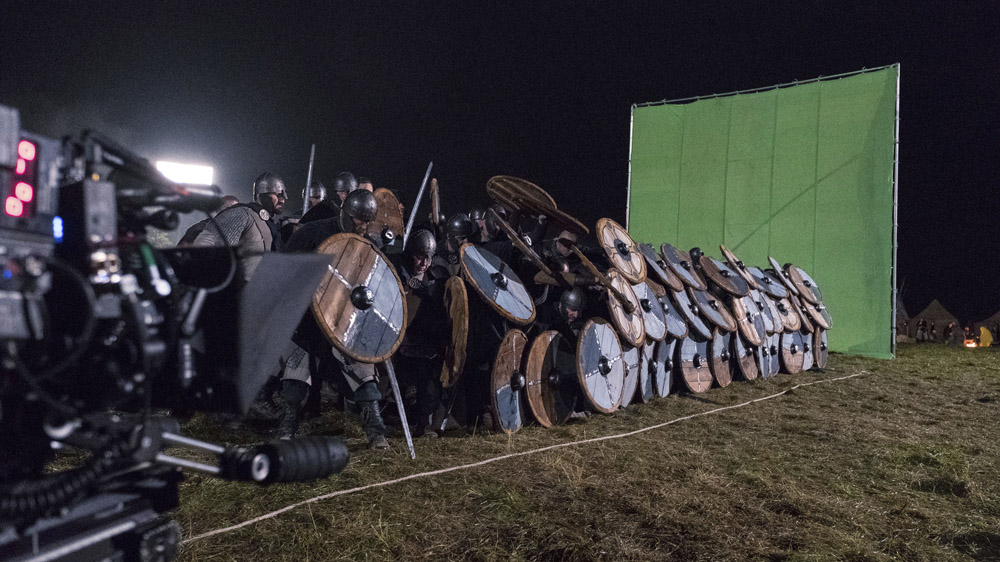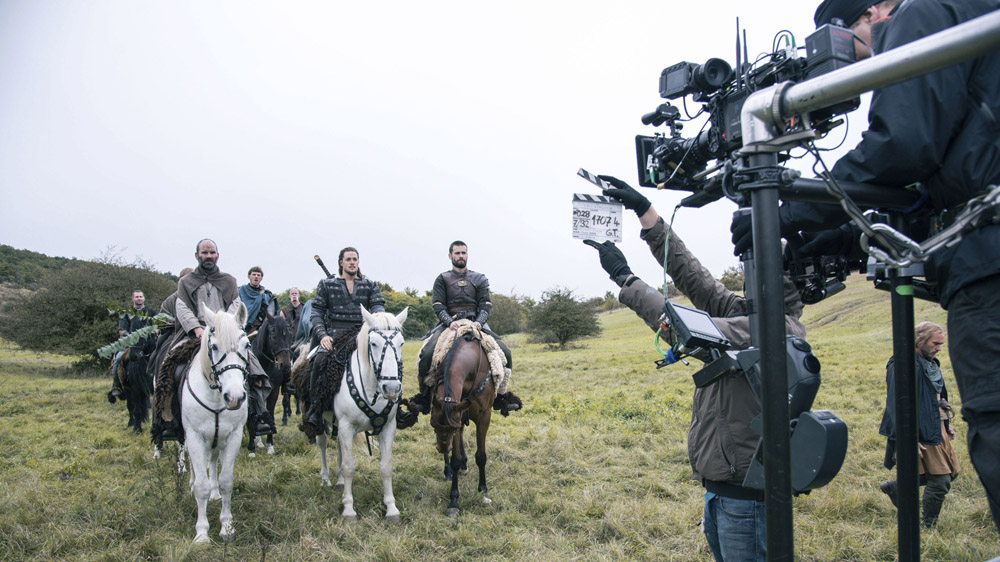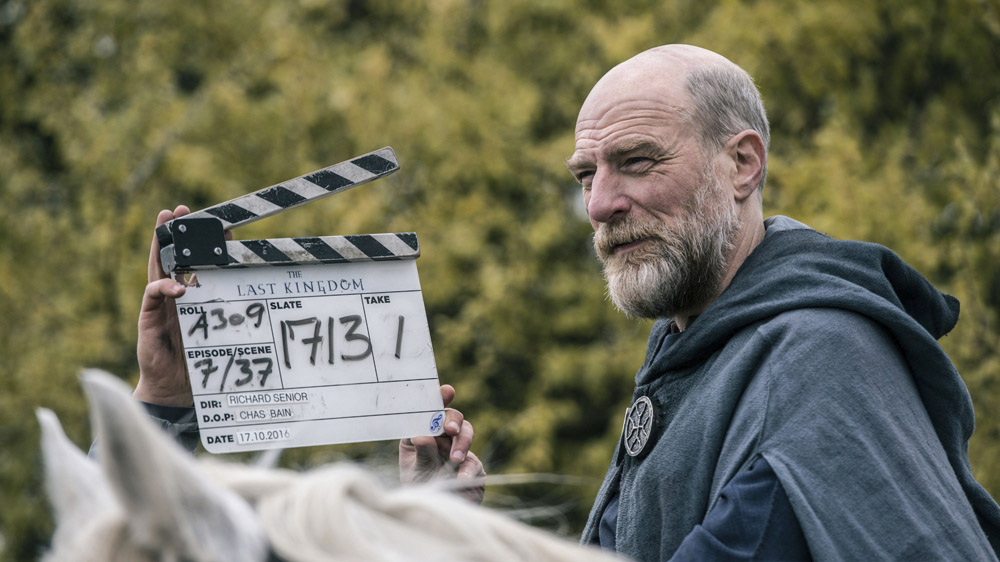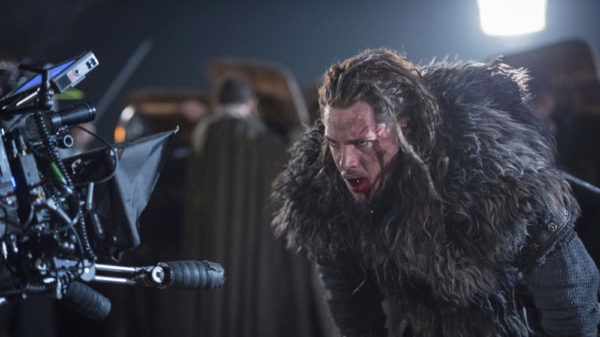Based on Bernard Cornwell’s worldwide best-selling franchise The Saxon Stories, critically acclaimed historical drama The Last Kingdom recently returned to BBC Two.
Set in the year 878, Season 2 saw fearless and instinctive warrior Uhtred (Alexander Dreymon, American Horror Story, Blood Ransom) continue his fight for his native land of Northumbria. Uhtred, having given his sword to King Alfred (David Dawson, Peaky Blinders), despite his upbringing by the invading pagan Danes, embarks on a voyage north to reclaim his own fate: to avenge Earl Ragnar’s death and recapture his ancestral lands of Bebbanburg.
Alfred’s conviction to create a united England is stronger than ever, and he sets his sights on the wild lands of the north, which have fallen into chaos and rebellion. It is a dangerous time for Saxon and Dane alike, but Alfred champions a new king – a Christian Dane – to unite the tribes. This king, however, has been enslaved, and Uhtred becomes embroiled in a rescue mission which brings him face to face with an enemy of old.

With Season 2 available on Blu-ray and DVD now, courtesy of Universal Pictures (UK), we’re taking a look at what goes on behind the cameras during the filming of The Last Kingdom.

Executive producer Gareth Neame has revealed some of the challenges of producing a show like The Last Kingdom that contains various battle scenes and locations.
He commented: “One of the huge challenges with producing the show is that there isn’t a precinct. This isn’t The West Wing with the White House – or even Downton Abbey for that matter – this is a road movie, with numerous castles we have already travelled to in the first season. That puts a lot of challenges on a television show as you have to keep building and going to new locations.
“We’re set in an era around 800AD and there is no remaining architecture from the period so everything has to be constructed from scratch. We’re building castles and towns and villages, and many of them are augmented by CGI as they’re too vast to build physically. It’s a combination of traditional production design with computer and digital effects to complete the sets.
“Likewise, we’ve got a lot of classic traditional stunt work, horse-work, with lots of sword fighting and so on, and again a lot of it is augmented with VFX and post production, where we see swords penetrating people’s bodies and blood flying, or heads being severed. It’s a challenge to really bring all of those elements together.”

Executive producer Nigel Marchant added: “The hardest thing with the battle and fight sequences is finding new ways into them. Uhtred is our key character so you have to be careful to avoid fake jeopardy. He’s our hero – we know he’s going to survive – so we have to look at how we make each fight and each battle different. We’ve had fight sequences in the rain this year, with fire at night time, and different shield walls.
“It’s been important to keep refreshing the show and present these big action sequences differently every time. I think you have to find an emotional heart within them, if we just see people hitting each other with swords we don’t really care and I think we can become blasé to those things.”
Did you enjoy Season 2? Let us know below…

